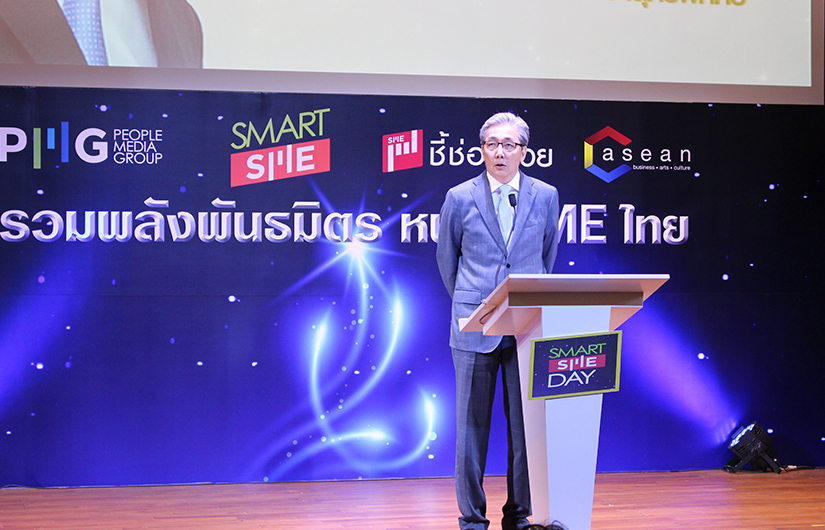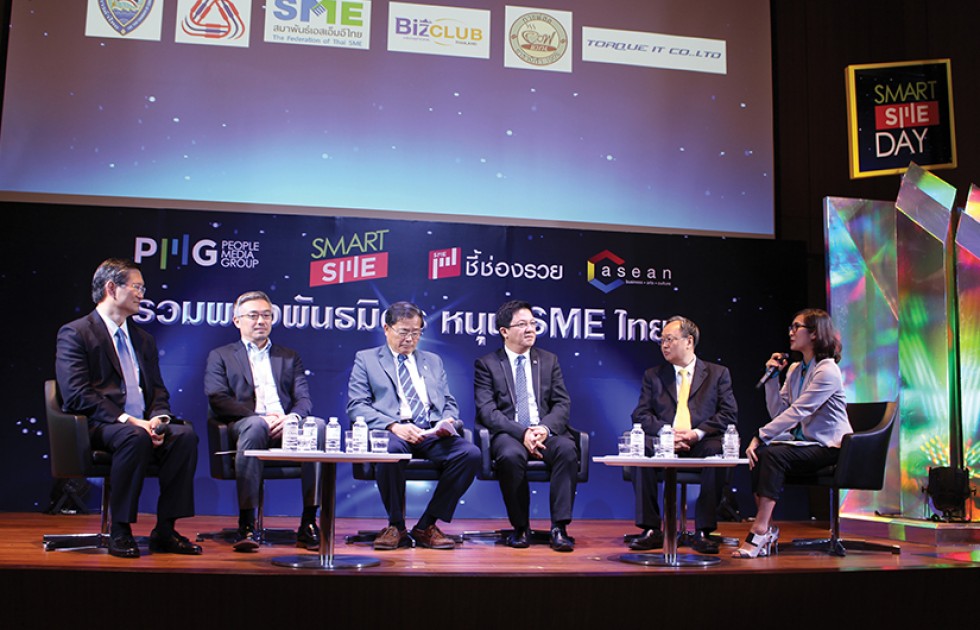Six or seven years ago import and export businesses were some of the main drivers of the Thai economy. Now with an interim government, a stronger currency and a business climate in flux, and the ASEAN Economic Community (AEC) set to start linking the regional economies at the end of the year, the Prayuth Chan-o-cha administration has turned to an often neglected facet of the Thai economy – small and medium-sized enterprise (SMEs). These generate smaller but more stable income revenues and have great potential to stimulate domestic business as a whole.
Last year saw the launch of the Federation of Thai SMEs in an attempt to strengthen this often neglected but important facet of Thai industry. The federation spans over 70 networks in all types of Thai businesses and serves as an information pool for entrepreneurs, as well as a bridge spanning the
private and government sectors as it supports small and mid-range businesses.
“What we are lacking in Thai SMEs so far are funding, marketing strategies and innovation,” said Sontirat Sontijirawong, president of the federation. He was speaking at “Smart SME Day”, the organization’s launch event held at the C-ASEAN Centre in early February.
“These three things are related and need to be improved simultaneously,” he continued. “Our mission as the Federation of Thai SMEs is to provide cooperation between the private and government sectors to achieve systemized, effective solutions. Our members come from all segments of industry, including provincial chambers of commerce, the Cooperative League of Thailand and the Smart SME Club [under People Media Group]. We also plan to reach out to 4,000 small and micro community enterprises [SMCEs] all over the country. If we form a community where everyone contributes what they know and helps each other through difficult times, then Thai SMEs can flourish and become a sustainable driving force of the economy.”

















































































































































































































































































































































































































































































































































































































































































































































































































